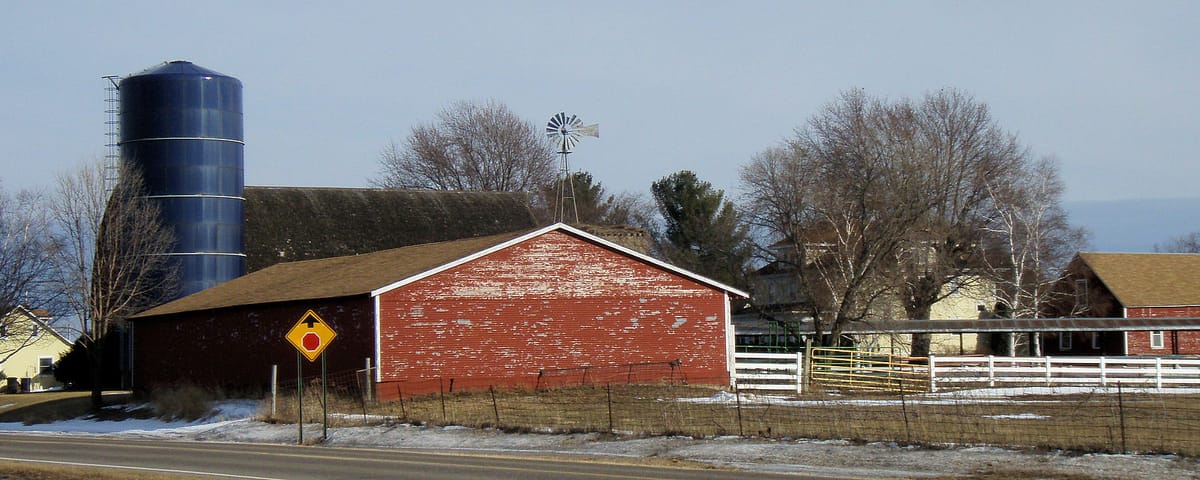House Small Business Subcommittee Takes Testimony on Need for Better Broadband in Rural Minnesota
“The lack of adequate broadband has become a crisis in rural areas,” Isanti County Broadband Task Force Member Greg Carlson said at a field hearing in the rural Minnesota town of Scania on Thursday. The hearing, entitled “Small Businesses and Their Limitations Without Reliable Access to Rural Broadb
Em McPhie

“The lack of adequate broadband has become a crisis in rural areas,” Isanti County Broadband Task Force Member Greg Carlson said at a field hearing in the rural Minnesota town of Scania on Thursday.
The hearing, entitled “Small Businesses and Their Limitations Without Reliable Access to Rural Broadband,” was held at Bulltear Industries in Washington County, Minnesota, by the House Small Business Subcommittee. Scandia has a population of about 4,000 and is about 25 miles northeast of St. Paul.
Carlson’s written statement for his county’s task force, which was established in 2016 to identify possible solutions for the lack of broadband access, emphasized the importance of broadband in telehealth services. Written testimonies from the hearing were made available by the subcommittee.
“Telehealth offers enormous potential to improve access to certain services and improve patient outcomes through use of new technologies, such as remote patient monitoring and access to specialty services, including mental health and addiction services,” he said.
The lack of broadband outside of city limits has negative implications for both patient outcomes and physician recruitment.
After suffering a severe spinal cord injury, businessowner Matt Crescenzo relied on the internet to market his ideas and products. However, the limited infrastructure of his Minnesota town has made it difficult for him to continue to succeed.
“It is crucial to our success that we can upload training videos, download customer files, and talk on the phone without interruption,” Crescenzo said in his statement. “The technology has moved beyond our rural areas 20 years ago.”
He went on to describe the effects of the lack of broadband, such as businesses being forced to close after the failure of internet-dependent security systems, frequent dropped calls, and businesses moving out of state “because of the vast dessert of little to no internet speed we have here.”
“Without access to affordable high-speed internet, business cannot thrive, families are less likely to locate in the area, and it is difficult to provide a fair and equitable education,” said Marc Johnson, the director of the East Central Minnesota Educational Cable Cooperative. “If we want a diverse workforce, strong communities, and ample opportunities for everyone to reach their potential, we must move beyond just getting by.”
Education was also addressed at the hearing. Statistics from the Minnesota Office of Broadband Development show that in 8 out of 12 school districts in a certain region, below 80 percent of the households have broadband access; in 2 of the districts, below 50 percent of households have access.
There are several consequences to these figures, such as working adult students at technical and community colleges being unable to access online course assignments. Johnson called these students “vital to the development of our local workforce.”
Several school districts in Minnesota have attempted to bridge the digital divide by providing each student with a Chromebook to access online courses and communications. The expansion of online resources can lower the high costs of textbooks and other materials.
However, Milaca Technology Coordinator Steve Bistrup wrote that “the lack of rural broadband has played a significant role in limiting our ability to fully transition to digital learning.”
Isle superintendent Dean Kapsner expanded on this, saying that “the lack of reliable internet access affects how we can deliver curriculum and assignments outside the school day and has stalled our efforts to create a viable e-learning plan.”
Minnesota allows schools to provide online instruction in place of snow days; in some regions, widespread lack of broadband access makes this impossible. Over time, all of these factors add up to create extremely inequitable learning opportunities, to the long-term detriment of the affected regions.
(Photo of farm in Isanti, Minnesota, by Elman used with permission.)










Member discussion